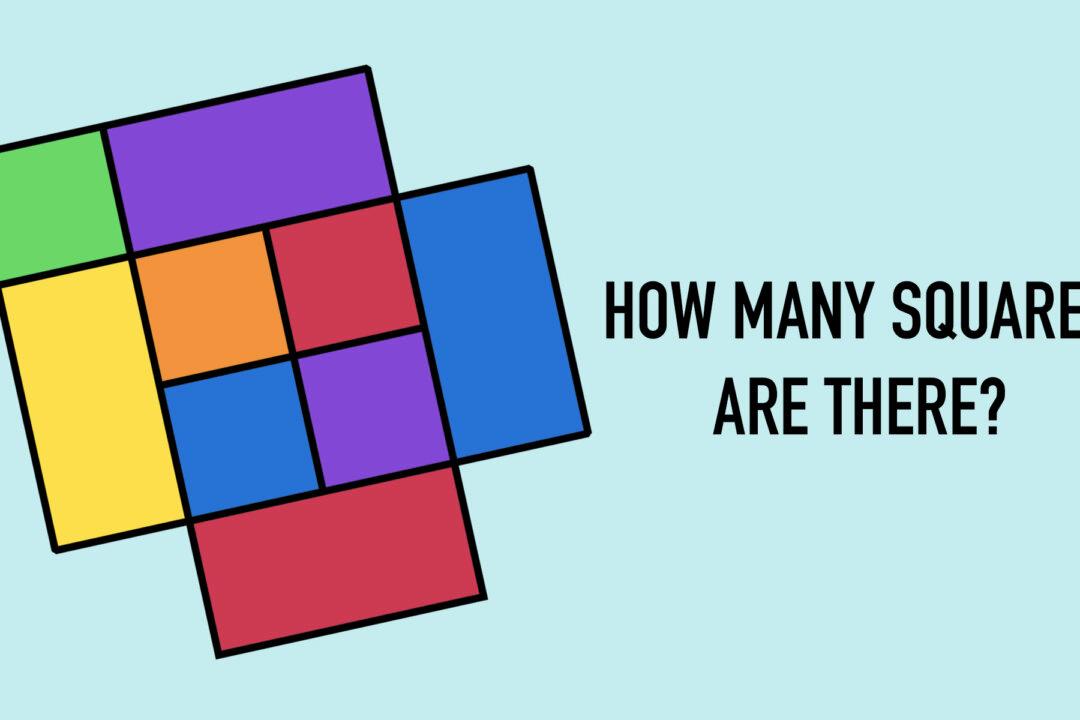From a young age, we’re taught how to identify shapes—even before we learn our letters and numbers—but just because we’re older now, that doesn’t mean we’ve outgrown this kind of exercise. To the contrary, shapes can be made into even more challenging puzzles to suit your advanced cognitive abilities. Just try this one and find out.
Here is a tricky, hidden-shapes puzzle that will be a challenge for the best of us. Take a look at the geometric image below, consisting of right angles, and try to identify and count up all the squares contained therein. It’s a lot more challenging than it looks; of course you are going to count some, or even most of the squares, but can you successfully count them all?






